Continuous surprises, new Jupiter images were taken by Weber
Author:Astronomy online Time:2022.09.01
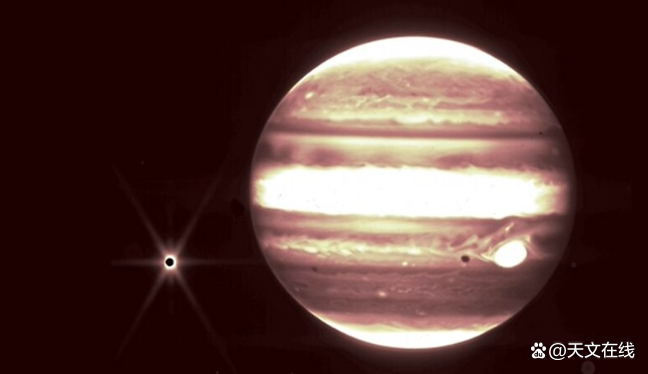
The Jupiter seen by Weber telescope! Here, you can see a near -infrared camera synthetic picture from three filters (red, yellow -green and cyan).
Jupiter from the Weber telescope in the new image
In the new images released by James Weber telescope from the Astronum Astronomical Administration today (August 22, 2022), Jupiter showed shocking details. With the huge storm, strong winds, aurora and extreme climate and pressure conditions, a lot of things happened on Jupiter. Weber's Jupiter Observation will provide scientists with more clues about Jupiter's internal life.

Imke de Pater, planetary astronomer, honorary professor at the University of California, Berkeley and Thierry Fouchet, professor of Paris Astronomical Observation desk, led Jupiter's observation. Jupiter research is part of Weber's early release of scientific planning international cooperation. Weber itself is an international task led by the US Astronautics and its partners European Aerospace Administration and Canada Aerospace Agency. De Pater said, to be honest, we have never expected it to be so good. We can see Jupiter and its ring in a image. The details of tiny satellites and even galaxies are really amazing.
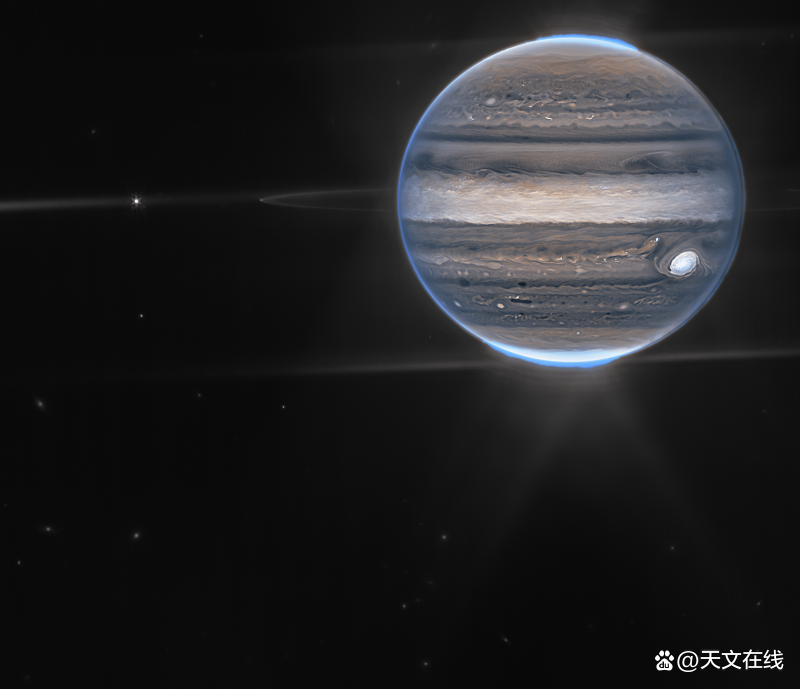
This near -infrared camera Weber telescope synthetic image comes from two filters from Jupiter System -F212N (Orange) and F335M (cyan)
Jupiter in Weber: Aurora
The picture comes from the near -infrared camera (Nircam) of the Observatory. It has three special infrared filter to show us the details of the planet. Although human eyes do not see infrared light, it can be reflected on the visible spectrum. Generally speaking, the long wavelength is biased towards red and shorter wavelengths. Later, scientists cooperated with citizen scientists Judy Schmidt to convert Weber's data into images.
This Jupiter's independent view is synthesized by multiple images taken by Weber telescope. You can see that the aurora extends to the high latitudes of the Antarctic and Arctic. The aurora flashes in the filter, and the filter is mapped into a more redd color, which makes the reflected light from low clouds to high -rise fog. Another different filter, mapping to yellow -green, showing the fog rotation around Antarctic and Arctic. The last third filter, mapping to blue, will be more prominent in reflection from deeper main clouds.

Jupiter in Weber: Big red spots are white
Large erythema, a famous storm that is enough to devour the earth. Like other cloud -like objects, this perspective seems to be white. This is because they reflect a large amount of sunlight. In contrast, there is almost no cloud coverage in the north of the equator.
Heidi Hammel is a Weber cross -disciplinary scientist and vice president of AURA science who are dedicated to observing the solar system. He analyzed:
The brightness here means high altitude, so the large erythema has the fog of the altitude, as is the equator area. Many bright white dots and stripes may be the high -altitude of the storm.

In this wide -angle view, Weber saw Jupiter's weak halo, which was one million times weaker than the planet, and there were two satellites, which were called Amartia and Adelastia. By the way, the fuzzy light spots in the lower background are likely to be the "light explosion" in Jupiter's view.
Jupiter in Weber vision: band, weak halo, satellite
A wide -angle view shows Jupiter with upper right elephant. The rotating horizontal stripes of the planet are blue, brown and cream. The electronic blue aurora flashed over Jupiter's north and south poles, showing a weak white light in the aurora. Similarly, in the equatorial area, the aura flashes a weak white light, which is one million times dull than the planet. At the far left of the ring, a satellite shows a tiny white dot. A little farther to the left, the other satellite exudes a white diffraction edge. The other part of the picture is a dark space. In addition, the fuzzy light spots in the lower background are likely to be the "light explosion" in Jupiter's view.
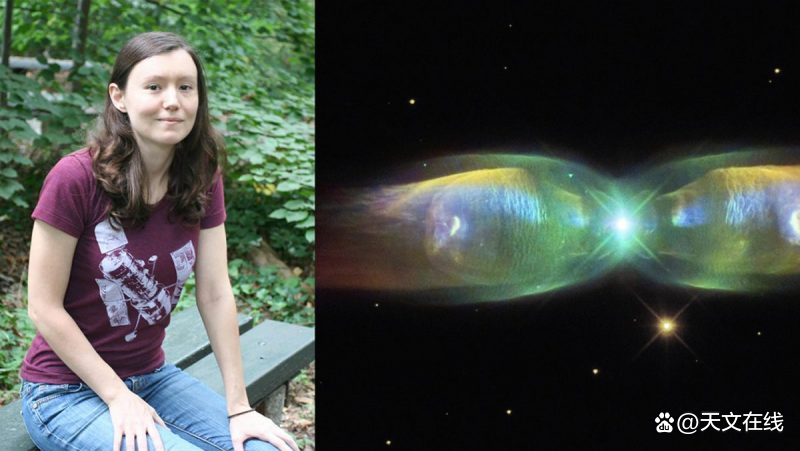
"Researchers have begun to analyze Weber data to obtain new scientific results about our largest planets in our solar system." Fu Xie said: This picture summarizes the research of Jupiter's plan. The plan studies Jupiter, its ring and satellite system Dynamics and chemistry. Weber data processing, the data comes from some telescopes on the planet, not Weber obtained it in person. These data contain information on the brightness value of the light on the Weber detector. This information arrived in Weber's mission and scientific operation center Space Telescope Science Research Institute (STSCI). STSCI scientifically analyzes data processing files and provides them to MAST (Mikulski Space Telescope File) for dissemination. Scientists then transform these information into such images during the research. When a team of STSCI officially processed Weber images to officially release it, non -professional astronomy, known as citizen scientists, often sneaked into public data archives to retrieve and process images.

Judy Schmidt, a citizen scientist from Modisto, California, is dealing with astronomical images on the Astronautic spacecraft, such as the Hubble Space Telescope. An example of her work is the butterflies (right) of Mingkesky, a planetary nebula, close to the snake. The picture comes from NASA.
Know the public scientist Judy Schmidt
Judy Schmidt from Modisto, California, is a long -term image processing expert in the field of public science and processed these new images of Jupiter. For the images of these small satellites, she cooperated with these observation co -researcher Ricardo Veso, who studied planet atmosphere at Basque University in Spain. Schmidt does not have an academic background in astronomy. But 10 years ago, a European Aerospace Agency (ESA) competition inspired her infinite enthusiasm for image processing. Hubble's hidden treasure competition invited the public to excavate the new treasure in Hubble data. Among the nearly 3,000 participants, Schmidt won the third place with a photo of a new star.
Since the European Space Administration (ESA) competition, she has been studying Hubble and other telescope data as a hobby. Schmidt said: There has been some places that it has troubled me, and I can't stop. I can spend a few hours a day on this.
Her love for astronomical images allows her to handle nebula, spherical star groups, breeding nebula, and more spectacular cosmic objects. Overall, her guiding concept is to make them look more natural, even if it is not something we can see with our naked eye. Her image attracted the attention of professional scientists, including Hammel, Hammel had previously collaborated with Schmidt to improve the image of Hubble Comet Samek-Lievi No. 9 to hit Jupiter's image.
Challenge of image processing
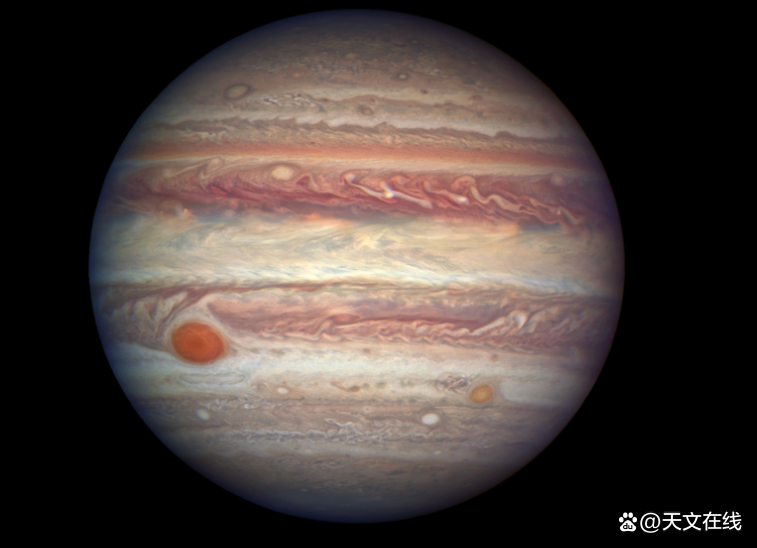
According to Schmidt, Jupiter is more difficult to study than some distant cosmic wonders. That's because Jupiter's rotation speed is too fast. In addition, when Jupiter's unique features are rotating and no longer aligned during the shooting image, integrating a large number of images into a view may be a challenge. Moreover, sometimes she needs to make some digital adjustments to integrate these images in a reasonable way.
In fact, the Weber telescope will provide observations for each historical stage. However, if Schmidt wants to choose one of the most exciting things, it will definitely be a more observation of Weibo for the formation of star formation. She is particularly fascinated by the young stars with strong jets who are fascinated by the little star spots called Hibig -Harrow.
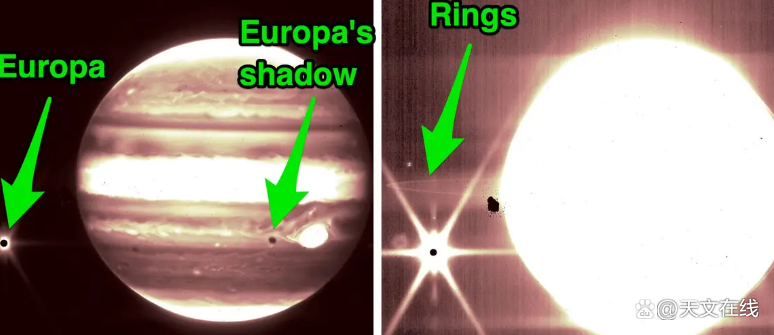
"I really look forward to seeing these weird babies fried in the nebula."
In a word, the new image of Jupiter from the James-Weber Space Telescope shows the amazing details of this huge planet including Aurora, Large Red Spots, Jupiter Ring and Satellite.
By: Earthsky Voices
FY: Astronomical Volunteer Team
If there is related content infringement, please contact the author to delete after the work is released
Reprinted, please obtain authorization, and pay attention to maintaining integrity and indicating the source
- END -
"Xiao Na" is here!The first garbage classification intelligent robot in Jiaxing City at this level

Zhejiang News Client reporter Wang Hanghui intern Wang Yun correspondent Wang Yanj...
[Struggler Zheng Youth · First -line Story] Long Bin: advanced into the technology "uninhabited area"
[Struggler Zheng Youth · First -line Story]In the workshop, the dark -skinned Long Bin compared with the tunnel excavation machine next to him.The blade operation test, start. Holding a walkie -tal